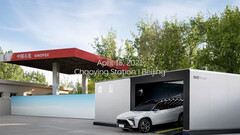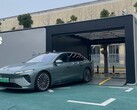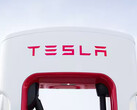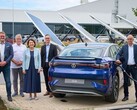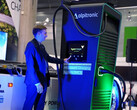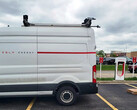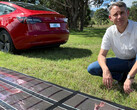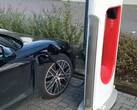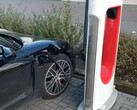Instead of spending US$7.5 billion of taxpayers' money strictly on creation of brand new electric vehicle charging infrastructure like the US government is gearing up to do, Beijing has decided to also retrofit the existing legacy vehicle gas station network with EV charging stalls and battery swap stations. The goal, as per the Beijing Municipal Commission of Urban Management's 2025 power development plan, is to have no electric vehicle left behind without a charging station in less than a 2-mile radius.
In order to achieve that lofty goal, Sinopec gas stations will be gradually converted to charging stations as well, and will offer battery swaps for those electric car companies like NIO which offer such a service. In the span of three years, Beijing's EV charging stalls would have to grow sevenfold from the current 100,000 and change. In addition, 310 battery swap stations would need to appear in order to fulfil the plan, so retrofitting existing gas stations instead of just building out brand new places seems like the wise move.
Sinopec, China's giant petroleum refining conglomerate which has the second largest gas station network in the world, is already billing itself as an "integrated energy service provider" and plans to roll out 5,000 electric vehicle stations for charging or battery swaps by 2025.
Last week, it opened a heavy truck battery swap place that can serve up to 168 semis per day as it can replace a depleted battery with a freshly charged one for 3 minutes automatically. Beijing plans to use its expanded EV battery charging and swap stations network as an energy storage mechanism, too, with a goal to reduce the load on its electrical grid by up to 5%.




